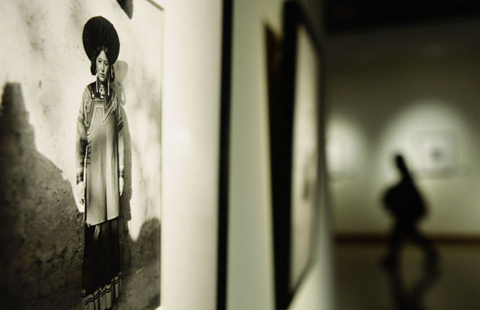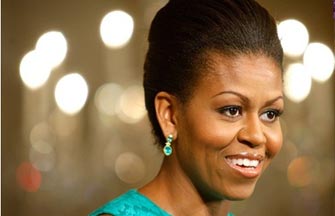Spreading the joy of dance
By Kelly Chung Dawson in New York ( China Daily ) Updated: 2014-01-23 08:23:37
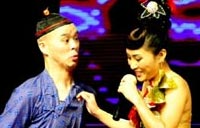 |
| Changing stages |
 |
| Chicago cuts tour short |
"So many people in Chinatown never left the community because of cultural barriers, so we brought dance to them," Dong says.
"They were living in the world capital of dance, and yet they'd never seen modern dance. After we opened, it was inspiring to see it began to broaden their horizons."
The school offers affordable classes at $9 a session, with scholarships for students who need extra help.
For choreographer and dancer Wile, whose work blends contemporary dance technique with urban themes, the opportunity to perform at Chen Dance Center is particularly fitting. Wile's father teaches Mandarin, and Wile studied martial arts as a child. His work clearly demonstrates that influence, in movements that evoke the traditions of kung fu and tai chi.
"That influence is definitely there in the aesthetic of my choreography," Wile says.
"Watching my father do tai chi every morning had an effect on me, although I didn't realize until later on that it had seeped into my movements."
Dance-related injuries also forced him to slow down, which provided an opening for the slower flow of tai chi, he says.
In addition to the center's courses for young dancers, the school has its own dance theater: H.T. Chen & Dancers. The company is performing a show titled Eight Strokes and the Moving Word, an interactive dance performance that draws on both traditional Asian movements and contemporary dance to present Chinese history and folklore.
Dong also does outreach work at the school P.S. 42, meeting with 175 students twice a week for roughly 25 weeks each year, she says.
For Wile, the chance to perform at Chen Dance Center is an honor and a much-needed boost.
"To be able to perform my work, and not have to take a financial hit, is a huge deal, and I'm so grateful to the school," he says.
|
|
|
|
|
|
|
|

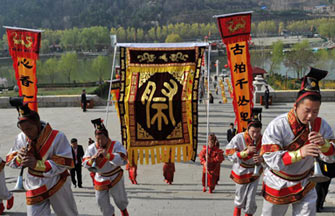
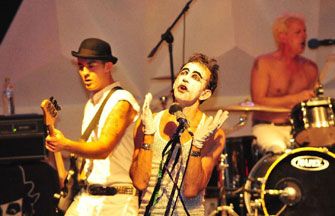
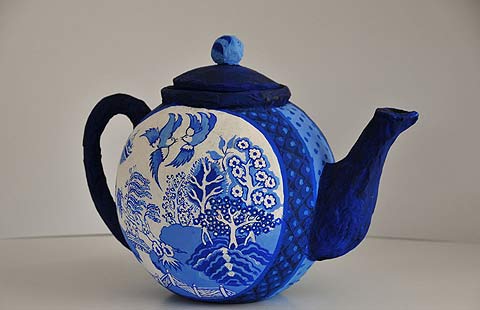
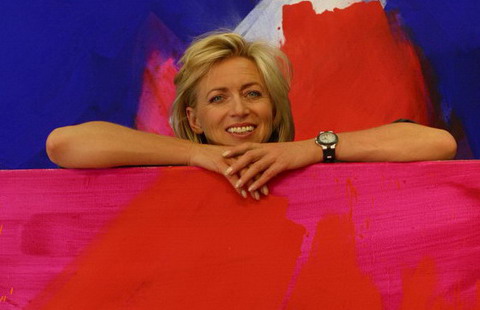
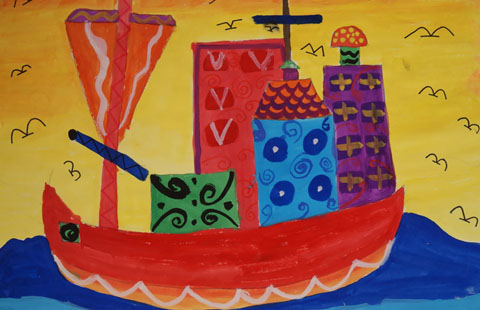




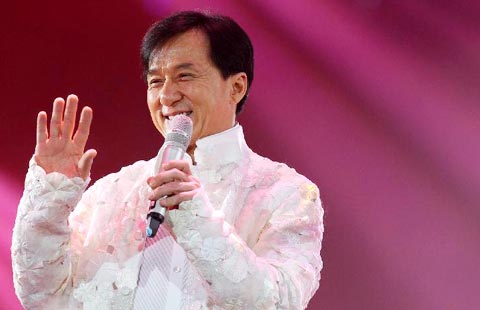







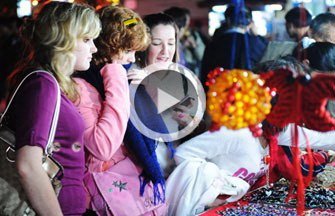
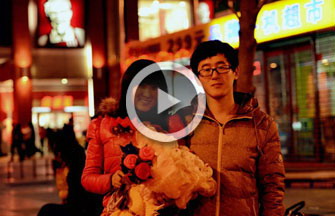

 Raymond Zhou:
Raymond Zhou: Pauline D Loh:
Pauline D Loh: Hot Pot
Hot Pot Eco China
Eco China China Dream
China Dream China Face
China Face



